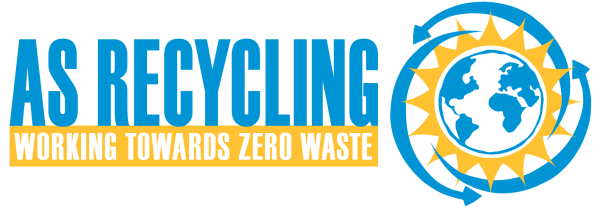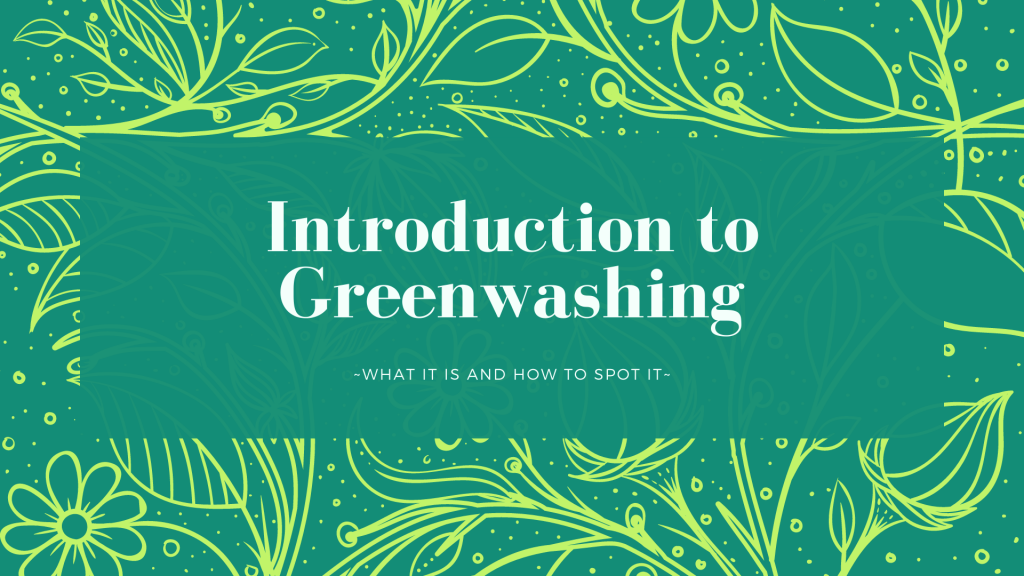What is Greenwashing?
“Greenwashing” is the term for ads and labels that promise more environmental benefit than they deliver. Companies that employ greenwashing techniques do so with the intention of tricking well-meaning environmentalists into believing that they are helping the environment by buying the company’s products.
Products ranging from cleaning products to water bottles can be “greenwashed.” The greenwashing will typically be present on the packaging and advertising of the product. The products and/or company will advertise themselves as eco-friendly and/or sustainable in an attempt to persuade environmentalists to purchase their product without actually proving their commitment to environmentalism.
The “Sins of Greenwashing”
1. Sin Of No Proof – Unsubstantiated Claim
Some products will claim to be better for the environment with little to no proof. For example, they may make claims that the product has not been tested on animals or has no animal products but they offer no way to prove or verify this claim. The products that commit this “sin” typically have not been evaluated or certified by a reliable third party (see below for a list of reliable third parties).
2. Sin of Hidden Trade-Off
Products may promote their narrow or small environmental benefit while ignoring their environmental cost. For example; organic cotton diapers. Yay, they’re organic! But they’re still single-use and headed to a landfill. Another example is paper sourced from a sustainable forest. Although this is great, there could still be environmental costs associated with the production and transportation of that paper that far outweigh the benefits. This “sin” typically serves to paint a greener picture of a product or company while ignoring some important factors.
3. Sin of Vagueness
Products may also use vague phrases to appeal to consumers that are trying to be more sustainable. For example, they may state that their products are “all natural.” This does not necessarily mean a product is good for the environment. Harmful chemicals are also naturally occurring.
4. Sin of Irrelevance
Products might make an environmental claim that may be truthful but is unimportant and unhelpful for consumers looking for sustainable products. The claim is irrelevant and therefore distracts the consumer from finding a truly greener option.
5. Sin of Lesser of Two Evils
This sin is similar to the Hidden-Trade off in that a “green” claim is made that may or may not be true, but it ignores the wider implications of the product itself. It distracts consumers from choosing the truly sustainable option. Some examples of products that may commit this “sin” are organic cigarettes or “green” insecticides or herbicides.
6. Sin of Fibbing
This “sin” is committed by making claims that are simply false. Some products may claim to be organic or certified by a third party, but they are actually purposely spreading misinformation. This is why it is important to double check certifications and claims made by products or corporations.
Let’s Talk Packaging
Greenwashing usually occurs with the packaging of products. There are some tell-tale signs that a company and/or product may be greenwashing, as seen below.
Note: Not all companies and products that employ these packaging techniques or designs are engaging in greenwashing. A truly sustainable product may have green colored packaging or environment-related phrases. That is why we stress the importance of looking into a product/company before making a purchase in order to be confident that their practices are ethical and sustainable.
Green Colored Packaging
The packaging might be some form of green, have plants, or some other element of nature to make you think it is environmentally conscious.
Word Choice
Some packaging might have specific words or phrases like “all-natural,” “eco-friendly,” or add prefixes such as “bio” or “eco” to their product names. These words are meant to stand out to the consumer and convince them that the product is sustainable.
Fake Certification
Some companies and/or products are certified by third-party organizations. These certifications can prove that the companies or products are sustainable, organic, vegan, etc. Some packaging, however, contains fake certifications by non-existent or illegitimate third-party organizations in an attempt to fool the consumer into thinking the product is certifiably sustainable. Below are some examples of legitimate vs illegitimate certification logos and symbols.



What can you do?
Combating greenwashing is much the same as combating climate change and environmental degradation as a whole. It depends on us, as individuals, making a conscious effort to be more aware of the purchases we make and the companies we choose to support. It means taking time at the grocery store to make sure that the sustainable products we purchase are actually contributing to a cleaner, greener environment and not just appealing to our environmentalist hearts without actually protecting the environment.
Before making a purchase, double check that the certifications come from reliable sources. Make sure that the company and/or product’s claims are founded in truth and fact. It’s also important to consider how the product materials were sourced and transported to make sure it is ethical and sustainable.
Making environmentally conscious purchases is an important aspect of being an environmentalist. It can be difficult, and sometimes more expensive, to choose the sustainable option. However, whatever we as environmentalists can do to help save our shared earth is valuable. It starts with us!
Want to learn more?
Check out our Instagram to view our series on Greenwashing. Additionally, here are the sources we used in our research;

